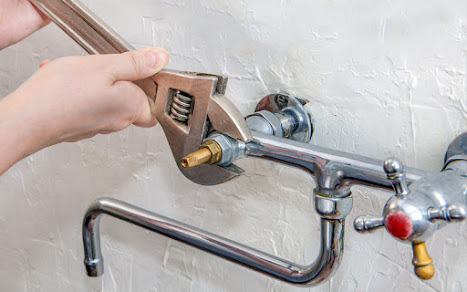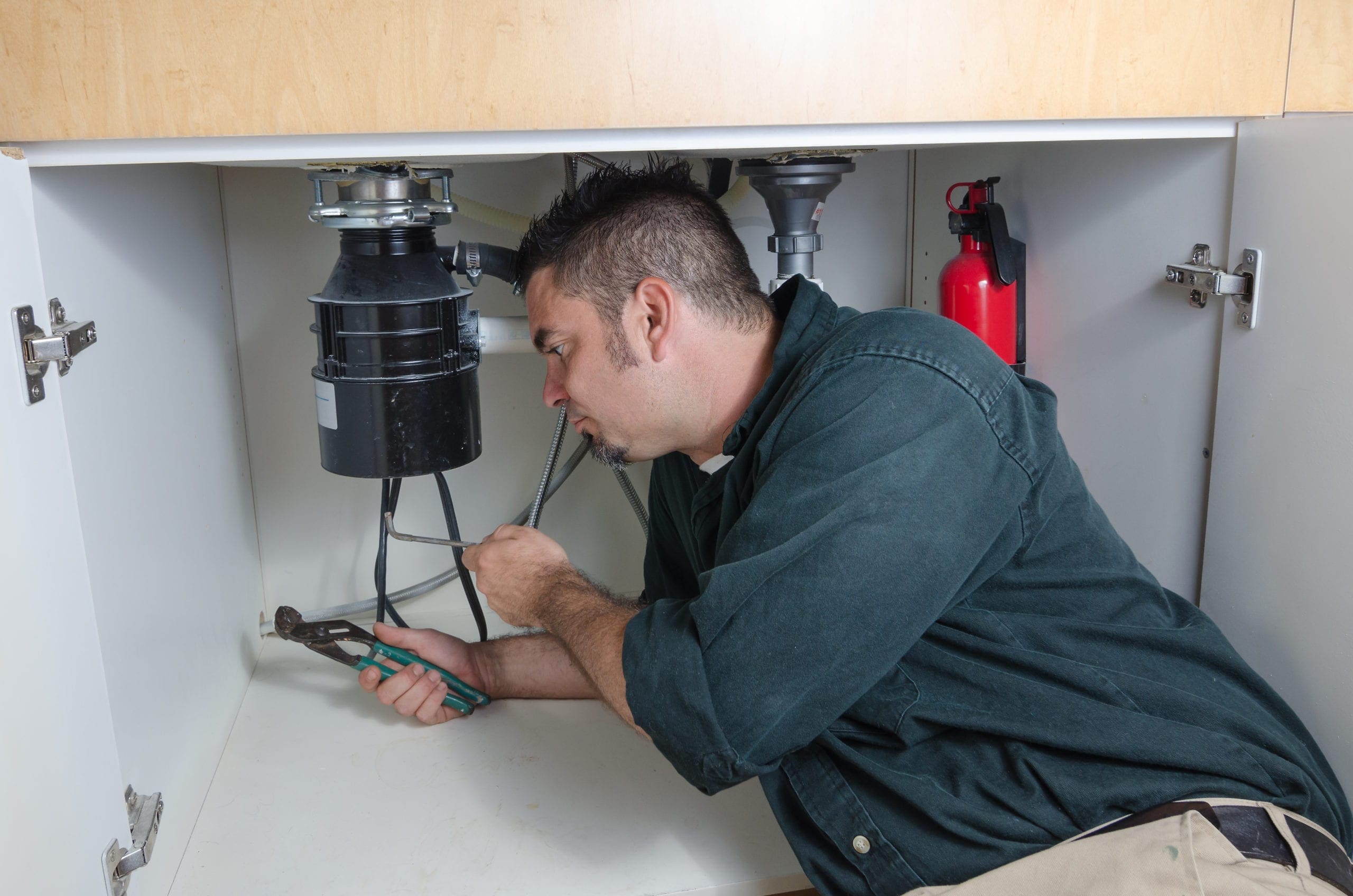Appliance Concerns: When To Look For a Plumbing Professional's Help for Common Concerns
Appliance Concerns: When To Look For a Plumbing Professional's Help for Common Concerns
Blog Article
We've found this great article on Why is My Home Making Strange Plumbing Noises directly below on the net and thought it made sense to share it with you here.

To detect loud plumbing, it is necessary to establish initial whether the undesirable audios happen on the system's inlet side-in various other words, when water is turned on-or on the drain side. Noises on the inlet side have varied reasons: too much water stress, used valve as well as tap parts, improperly connected pumps or other devices, inaccurately positioned pipeline fasteners, as well as plumbing runs including too many limited bends or various other constraints. Noises on the drain side generally originate from bad place or, as with some inlet side sound, a layout having limited bends.
Hissing
Hissing sound that occurs when a faucet is opened a little normally signals extreme water pressure. Consult your neighborhood public utility if you presume this issue; it will have the ability to inform you the water stress in your location as well as can install a pressurereducing shutoff on the inbound supply of water pipe if essential.
Other Inlet Side Noises
Creaking, squeaking, damaging, breaking, and touching normally are triggered by the development or tightening of pipes, usually copper ones providing hot water. The audios happen as the pipes slide versus loose bolts or strike close-by house framing. You can usually identify the location of the trouble if the pipes are revealed; simply follow the audio when the pipes are making sounds. Probably you will certainly find a loose pipeline hanger or a location where pipes exist so close to floor joists or various other framing items that they clatter versus them. Connecting foam pipeline insulation around the pipes at the point of get in touch with need to fix the trouble. Be sure straps and also hangers are safe and also offer appropriate assistance. Where possible, pipeline bolts should be connected to substantial structural aspects such as structure walls rather than to mounting; doing so lessens the transmission of vibrations from plumbing to surface areas that can intensify and transfer them. If connecting bolts to framing is inevitable, cover pipelines with insulation or other resilient material where they speak to bolts, and sandwich the ends of brand-new bolts between rubber washing machines when installing them.
Fixing plumbing runs that deal with flow-restricting tight or various bends is a last resort that ought to be taken on only after speaking with a proficient plumbing service provider. Sadly, this circumstance is rather common in older houses that may not have actually been constructed with indoor plumbing or that have seen a number of remodels, specifically by beginners.
Chattering or Shrieking
Intense chattering or screeching that happens when a shutoff or faucet is switched on, which usually vanishes when the installation is opened totally, signals loose or faulty inner components. The service is to replace the shutoff or tap with a new one.
Pumps as well as devices such as cleaning devices and also dish washers can transfer motor noise to pipelines if they are poorly connected. Link such products to plumbing with plastic or rubber hoses-never stiff pipe-to isolate them.
Drain Sound
On the drain side of plumbing, the chief goals are to get rid of surface areas that can be struck by dropping or hurrying water and to insulate pipes to consist of inescapable audios.
In brand-new construction, bathtubs, shower stalls, bathrooms, and wallmounted sinks and basins ought to be set on or against resilient underlayments to reduce the transmission of sound with them. Water-saving bathrooms as well as taps are much less loud than standard versions; mount them as opposed to older kinds even if codes in your location still allow making use of older components.
Drains that do not run vertically to the cellar or that branch right into straight pipeline runs sustained at flooring joists or various other mounting existing specifically frustrating sound troubles. Such pipelines are huge sufficient to emit significant resonance; they likewise bring considerable amounts of water, which makes the situation worse. In new construction, define cast-iron dirt pipelines (the big pipelines that drain toilets) if you can afford them. Their massiveness contains a lot of the sound made by water travelling through them. Likewise, prevent directing drainpipes in walls shown to rooms as well as spaces where people gather. Wall surfaces containing drains need to be soundproofed as was explained earlier, using double panels of sound-insulating fiber board as well as wallboard. Pipes themselves can be covered with special fiberglass insulation made for the objective; such pipelines have an invulnerable vinyl skin (often including lead). Results are not constantly adequate.
Thudding
Thudding noise, frequently accompanied by shuddering pipelines, when a tap or home appliance valve is switched off is a condition called water hammer. The noise and also vibration are caused by the resounding wave of pressure in the water, which suddenly has no area to go. Often opening a shutoff that discharges water quickly right into a section of piping containing a constraint, elbow joint, or tee fitting can create the same problem.
Water hammer can typically be cured by mounting fittings called air chambers or shock absorbers in the plumbing to which the trouble valves or taps are linked. These devices permit the shock wave created by the halted circulation of water to dissipate in the air they have, which (unlike water) is compressible.
Older plumbing systems may have brief vertical areas of capped pipeline behind walls on tap runs for the exact same purpose; these can ultimately fill with water, minimizing or destroying their performance. The cure is to drain pipes the water system totally by shutting off the primary water supply shutoff and opening all taps. Then open up the main supply shutoff and close the taps one at a time, beginning with the faucet nearest the valve and also ending with the one farthest away.
If Your Plumbing is Making These Sounds, There’s a Problem
A Bang or Thump When You Turn Off a Faucet
If a loud bang or thump greets you each time your turn off running water, you likely have a water hammer. A water hammer occurs when the water velocity is brought to a halt, sending a shock wave through the pipe. It can be pretty jarring — even worse, damaging to your plumbing system. All that thudding could loosen connections.
Strange Toilet Noises
You’re so familiar with the sounds your toilet makes that your ears will be attuned to anything out of the ordinary. Fortunately, most unusual toilet noises can be narrowed down to just one of several problems.
Foghorn sound:
Open the toilet tank Flush the toilet When you hear the foghorn noise, lift the float to the top of the tank If you’re ambitious, you can remove the ballcock valve and disassemble it to replace the washer. Or you can more easily replace the ballcock valve entirely. This device is relatively inexpensive and available at most any hardware store.
Persistent hissing:
The hissing following a flush is the sound of the tank filling. It should stop once the tank is full. But if the hissing continues, it’s likely because water is leaking out of the tank. The rubber flap at the bottom of the tank can degrade, letting water slip through and into the bowl. That’s why the tank is refilling continuously. Fortunately, this is an easy fix:
Cut the water to the toilet by closing the shutoff valve on the water supply line. Flush the toilet to drain the tank. Disconnect the flapper Attach the new flapper Gurgling or bubbling:
Gurgling or bubbling suggests negative air pressure in the drain line, likely resulting from a clog. As air releases, it causes the water in the toilet to bubble. This could either be a minor issue or a major one, depending on the clog’s severity. Clogs can be caused by toilet paper or more stubborn obstructions such as tree roots. If you can’t work out the clog with a plunger, contact a professional plumber for assistance because a clog of this magnitude could lead to filthy and unsanitary sewage backups in your sink bathtub.

Hopefully you enjoyed reading our topic on Why Your Water Pipes Are Noisy and How To Shut Them Up. Thanks a lot for taking a few minutes to browse our short article. Do you know somebody else who is involved in the niche? Feel free to promote it. Thank-you for going through it.
Schedule Your Service Report this page